Kinds of Rugs
1/29
There's no tags or description
Looks like no tags are added yet.
Name | Mastery | Learn | Test | Matching | Spaced |
|---|
No study sessions yet.
30 Terms
Saraband
A Persian rug where the entire field covered with a repeating pattern of palm leaves with rose and blue ground. Mir is the name of village in this district where design had its source.The knotting is symmetrical, on a cotton foundation.
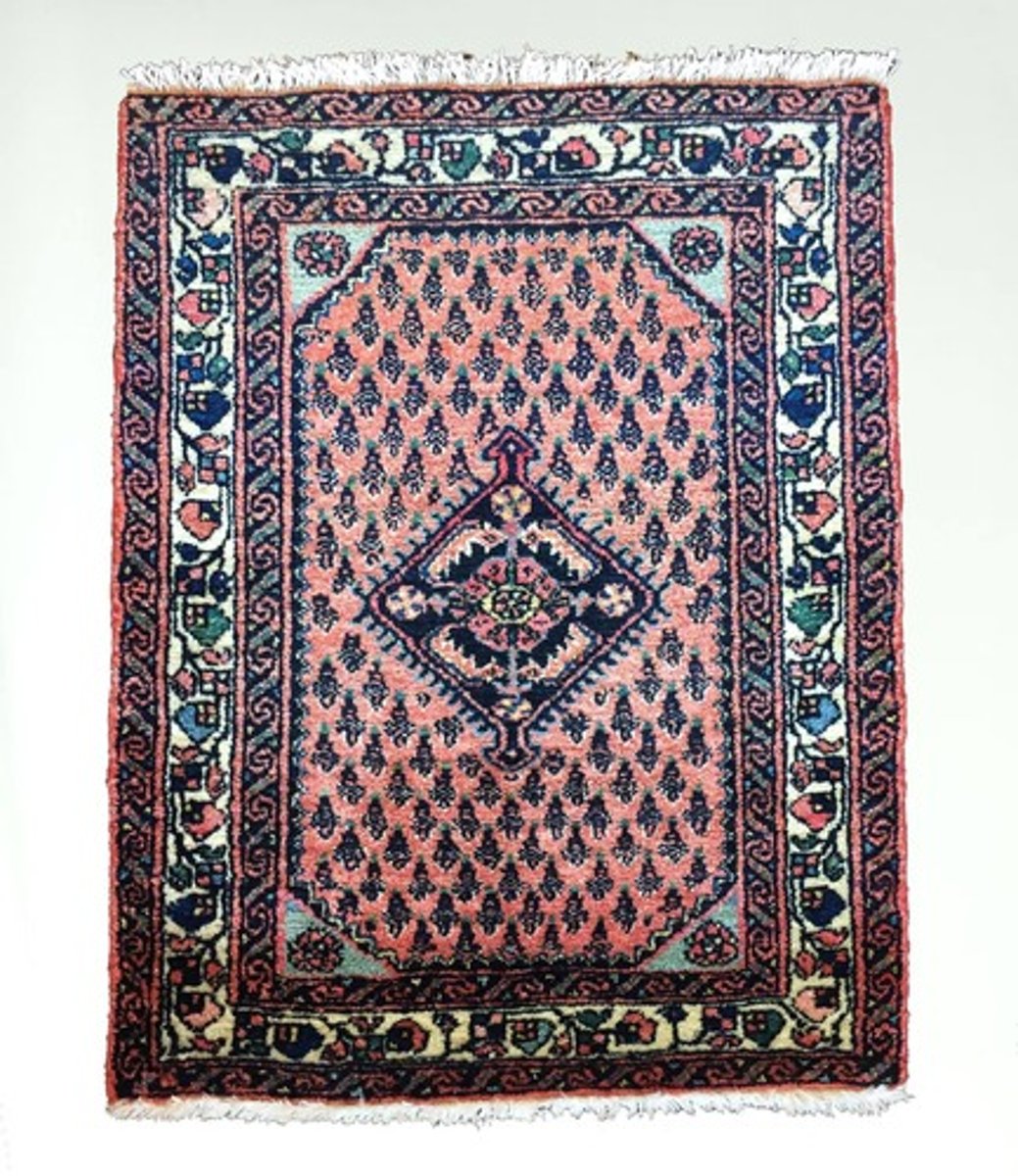
Ispahan herat
coarse pile weaving intricately done on claret ground using turkish knot.
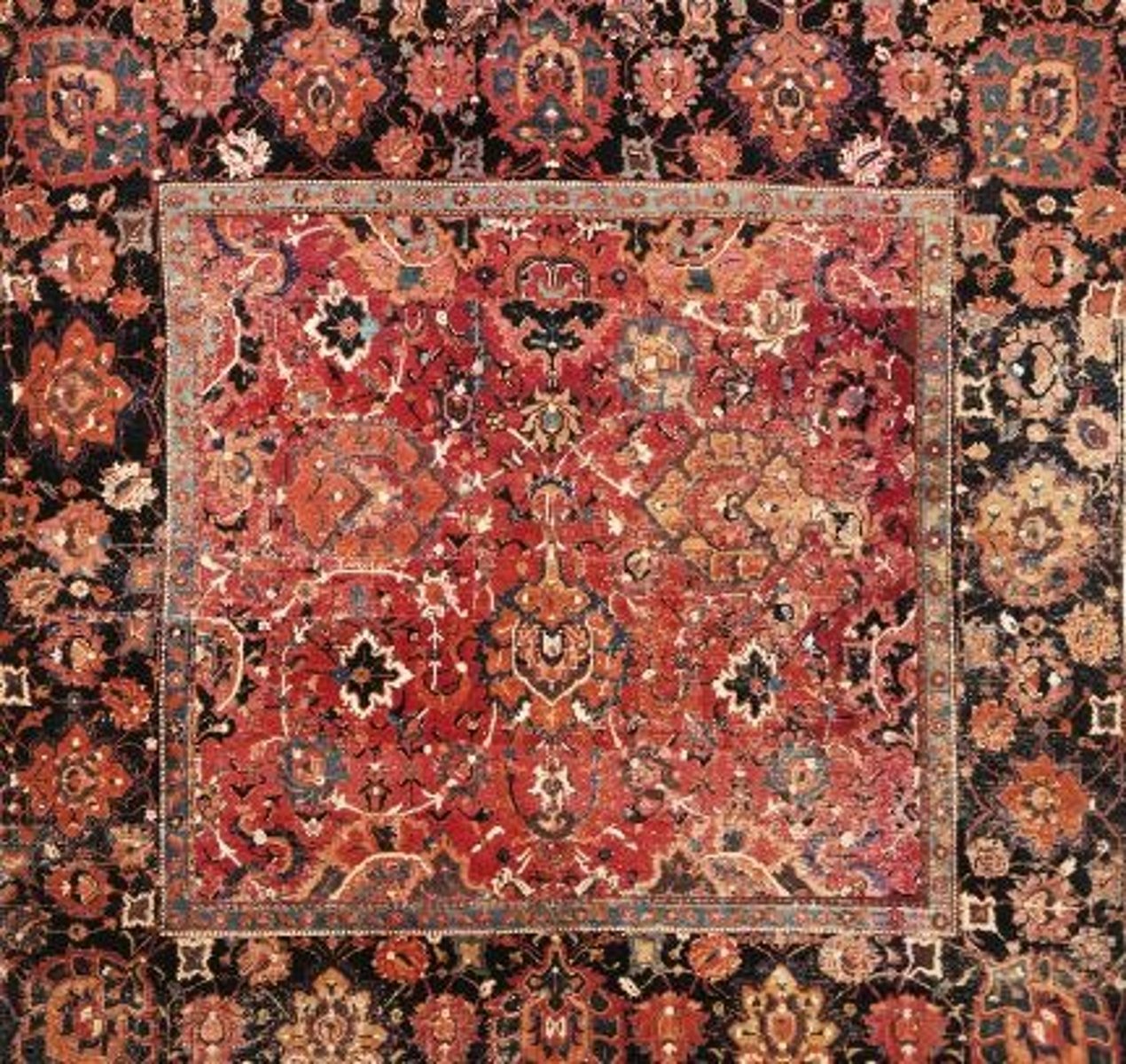
Hamadan
Camel's hair rug with a coarse weave in light brown, reds and blues.
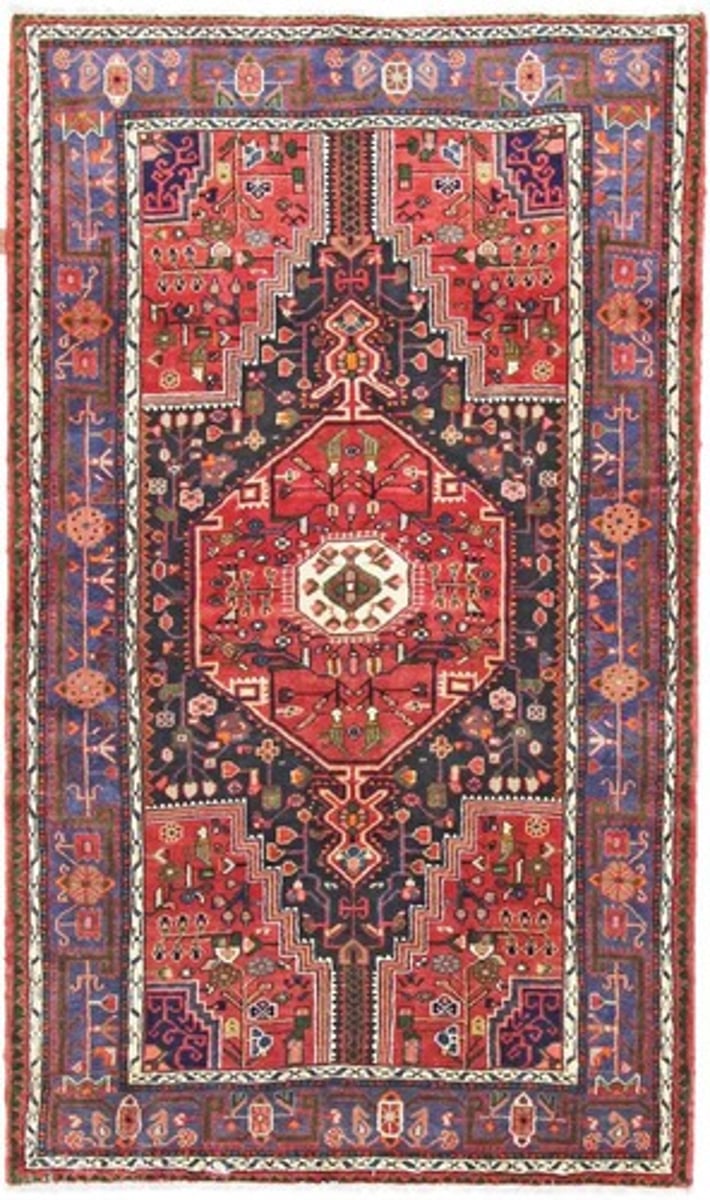
Kerman and Kermanshah
Fine pile in soft cream, rose, light blue and other pastel colors
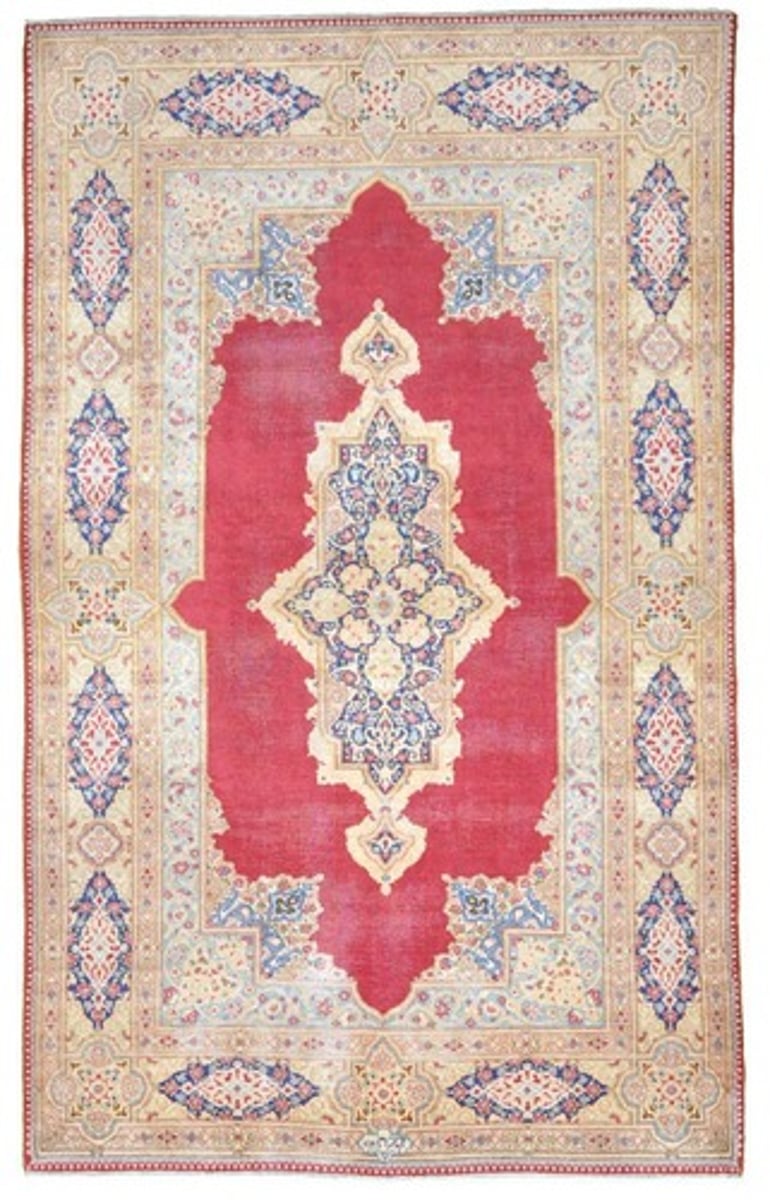
Sarouk
Fine pile in dark reds & blues mixed with lighter colors
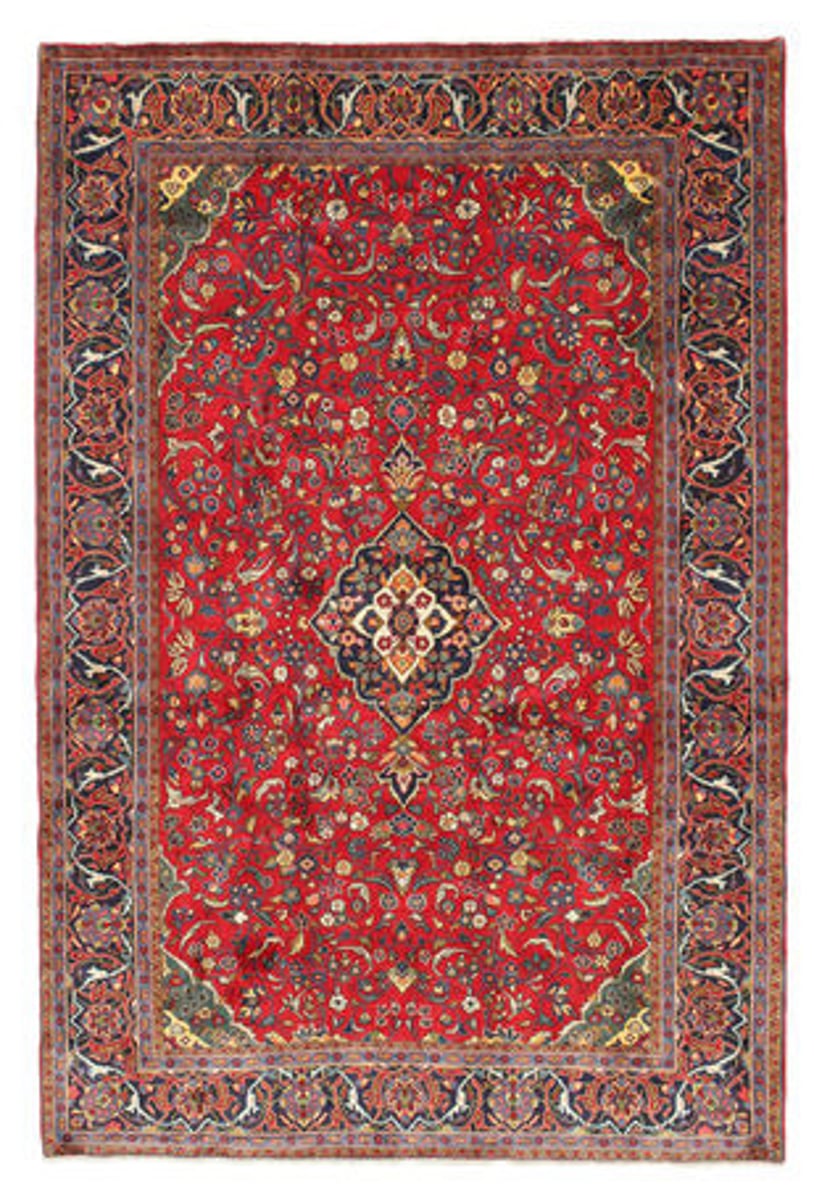
Bijar
It is a type of oriental rug that is as thick as two or three ordinary rugs.
Polonnaise
Delicately colored antique silk rug
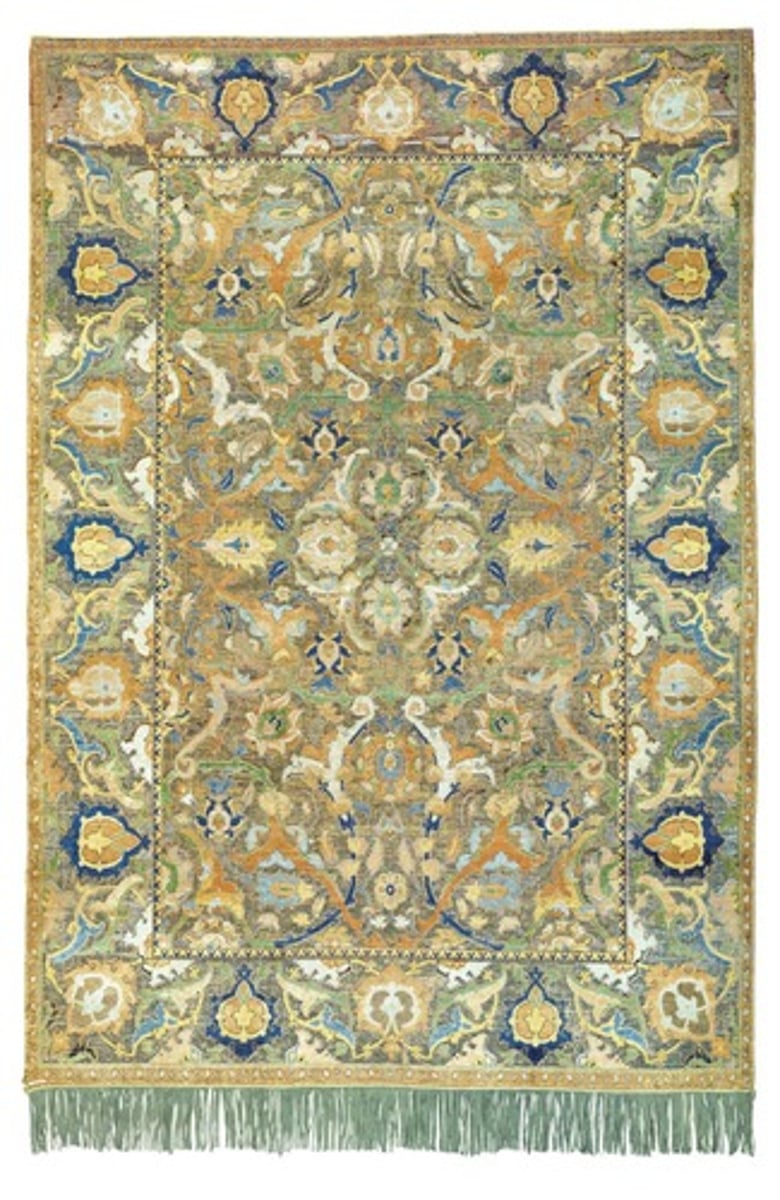
Sehna
It is a close woven small oriental rug with minute patterns
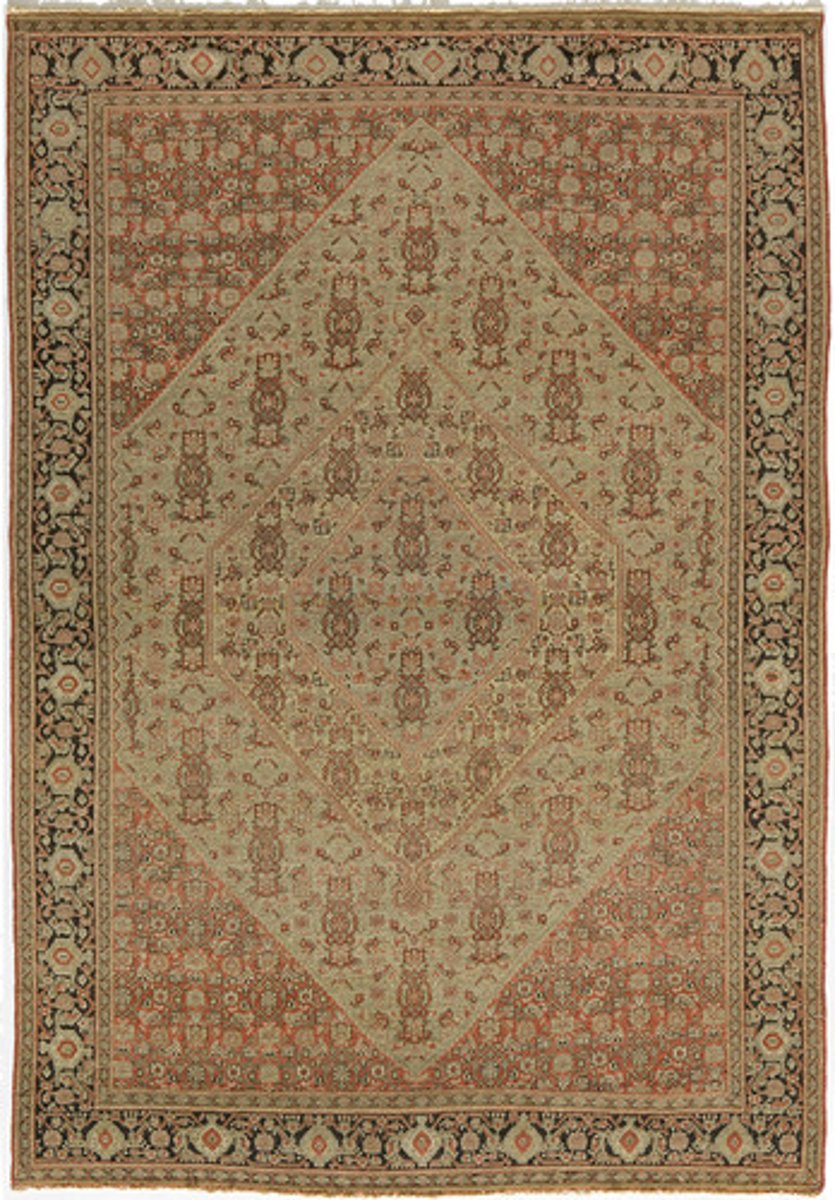
Feraghan
It is a type of oriental rug usually produced with a small all-over design of flowers or conventional forms arrayed in rows.
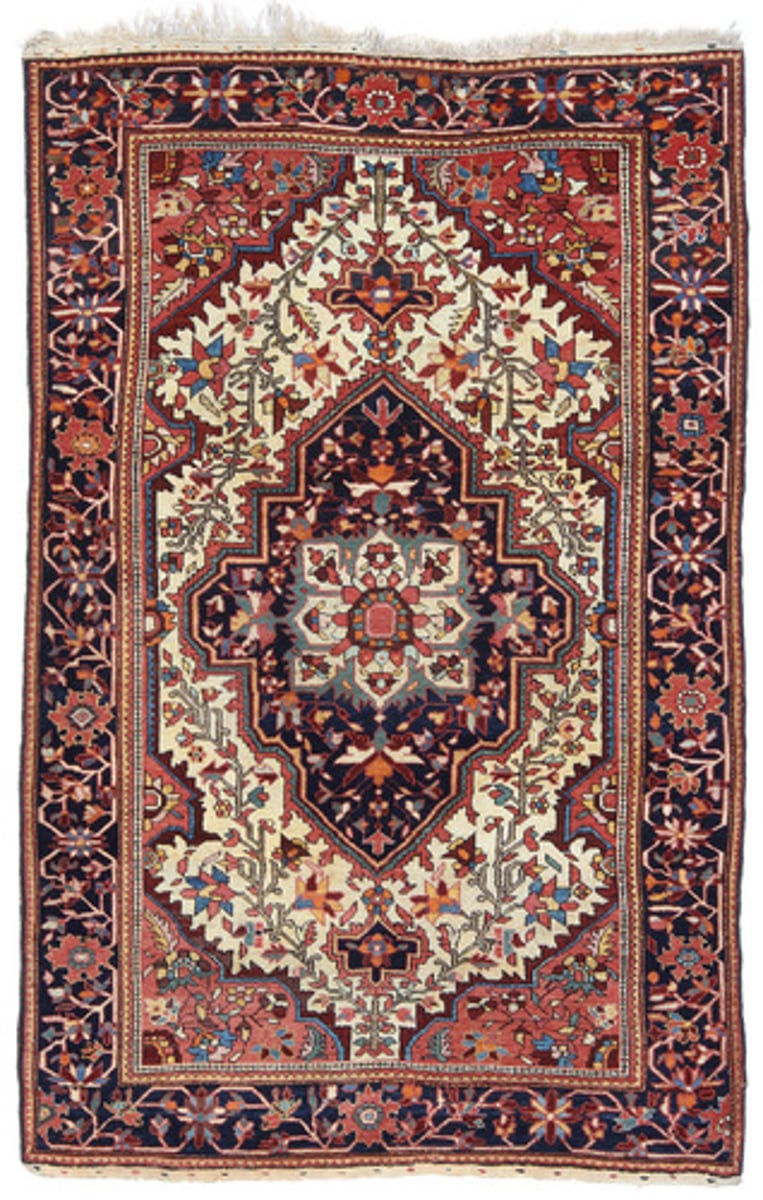
Gabbeh
A hand-woven pile rug of coarse quality characterized by an abstract design that relies upon open fields of color and playfulness with geometry.
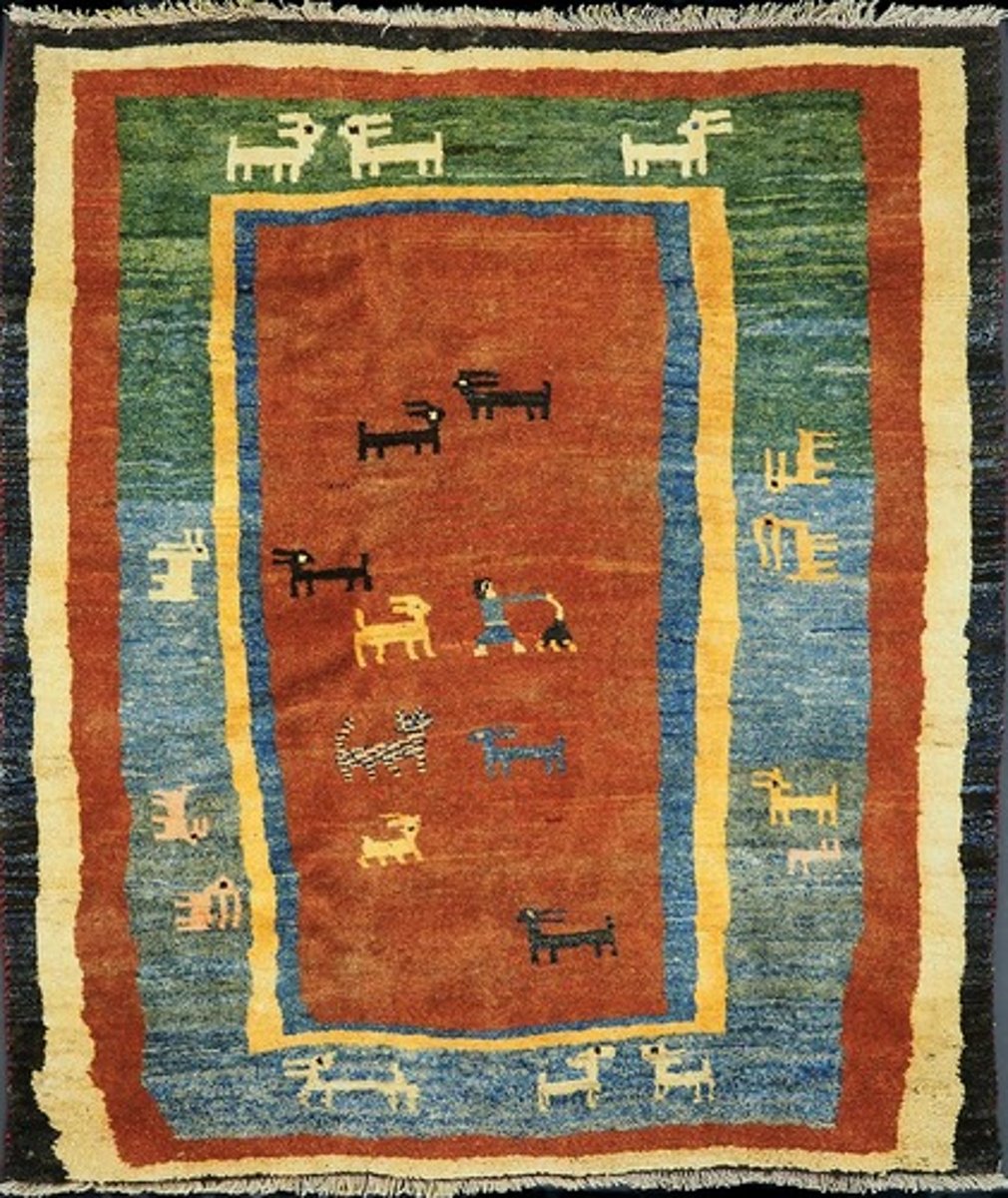
Navajo (American Indian)
Colorful hand-woven rugs (Navajo) of wool in the Indian reservations of the southwest. The weave is flat and patterns are primitive geometric patterns, stripes and borders.
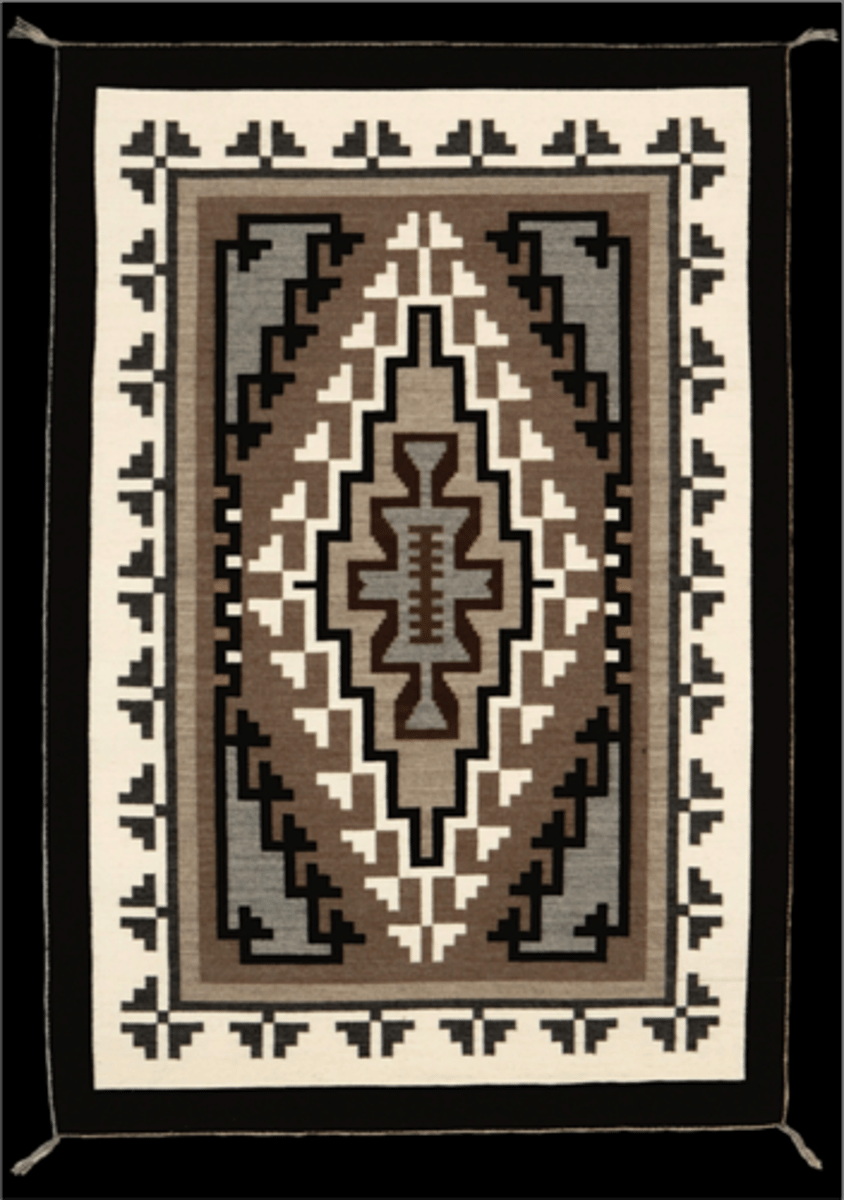
Alpujira
Coarse, heavy rugs originally meant as bedspreads, hand-loomed by peasants since the 15th Century.

Arraiolo
Portugese hand-embroidered accent rugs made in either bright or pastel colors.
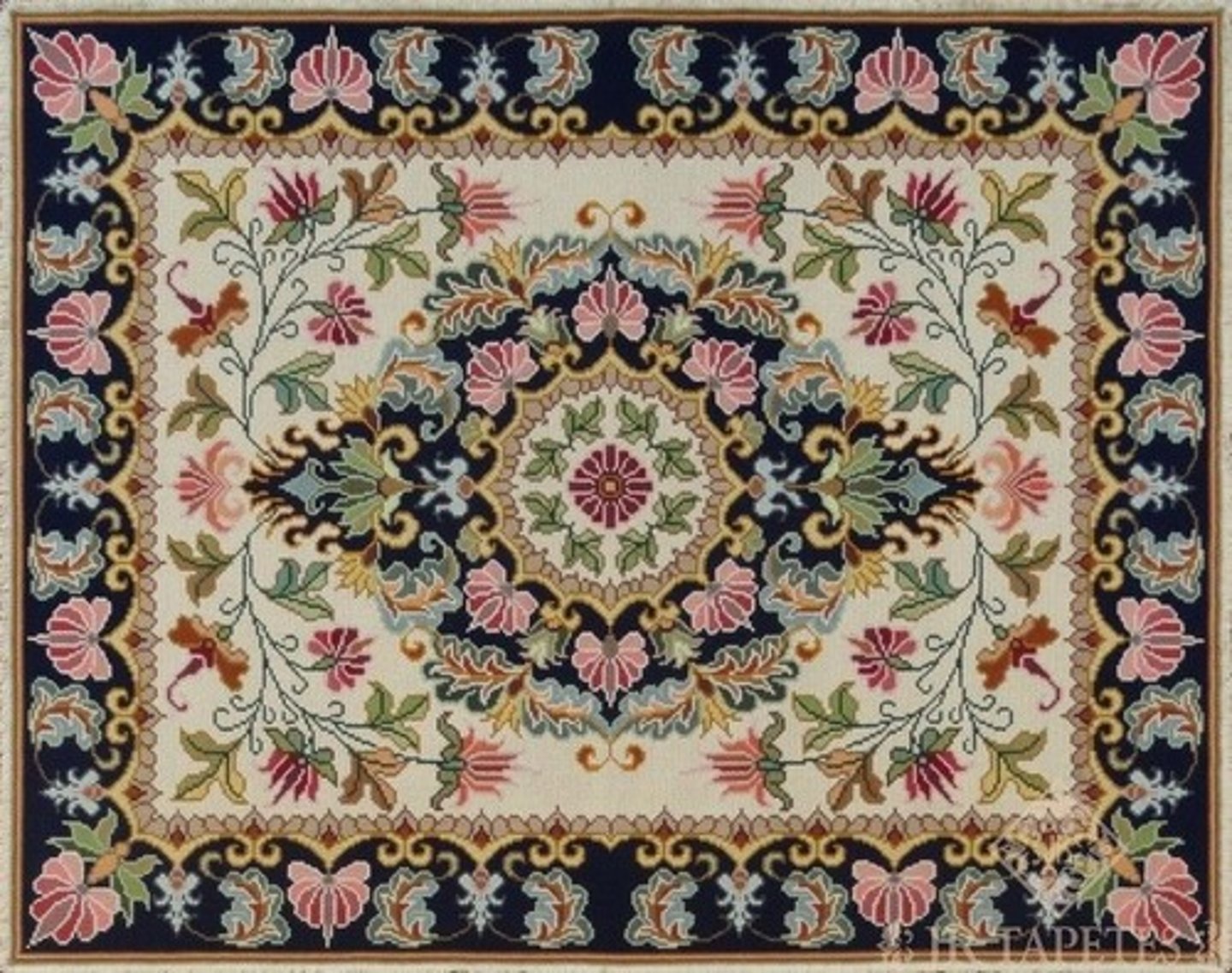
Aubusson
Named after a French town, made of wool, linen and cotton. Weave resembles needlepoint and usually has a pale cream ground with floral designs and arabesques.
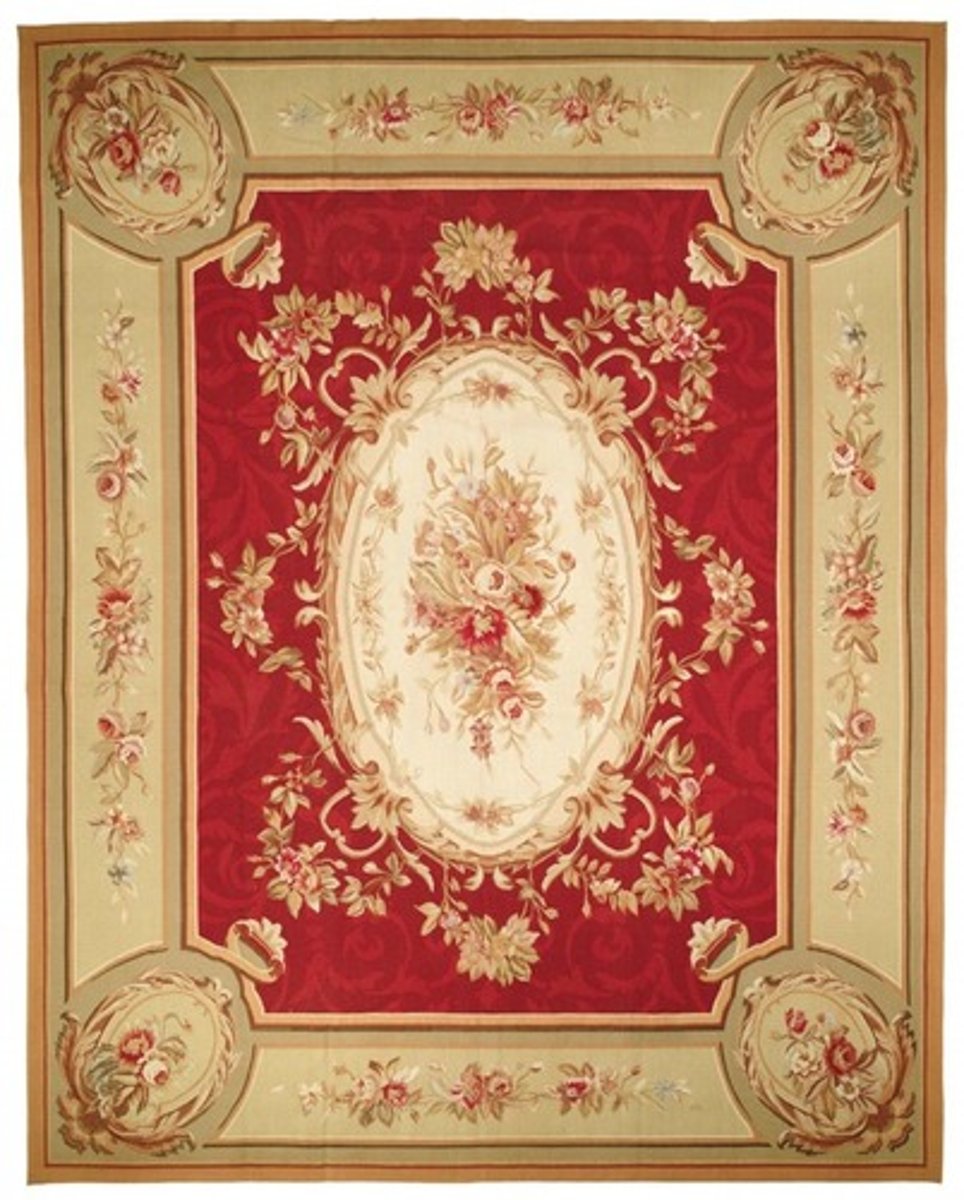
Braided
Hand made rugs by Americans in the late 18th Century, consisting of many fabric scraps and sewn together into colorful round or oval rugs of various sizes.
Dhurrie
A Tibetan carpet of Kelim weave, a flat-woven reversible rug.
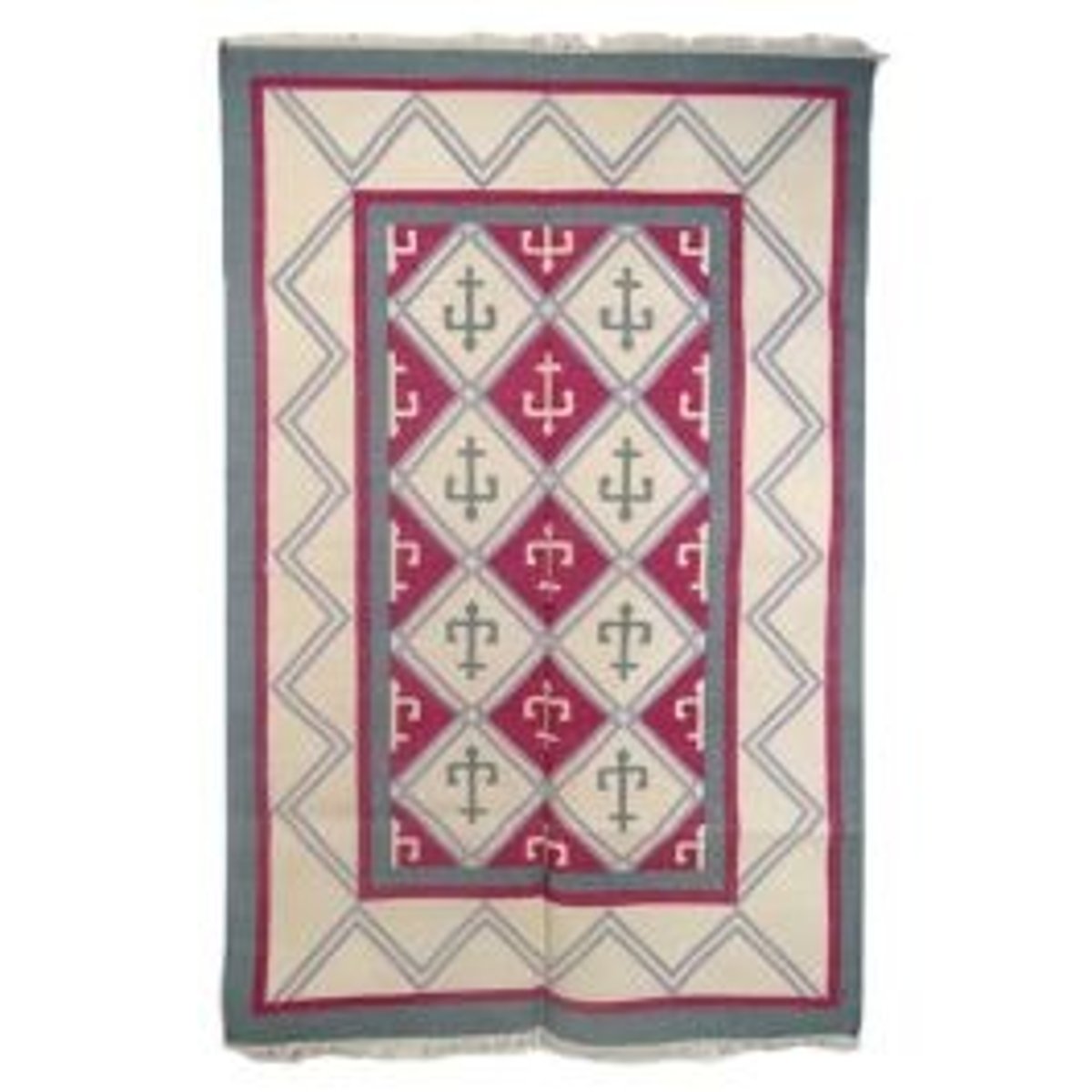
Flokati
Shaggy wool area rugs made in Greece, in solid colors as well as natural off white shade.

Kelim (Kilim) (Kelem)
Hand-woven rugs with over-all geometric patterns with a center motif. Very durable.
Moroccan
Hand woven rugs with thick, shaggy pile and fringed edges. Dominant geometric patterns with string contrasting colors like black and rust brown, white or bright orange on red grounds.
Rya
Scandinavian rugs of hand-knotted shaggy weave with alternating short and long pile. In abstract or contemporary peasant designs.

Savonnerie
Hand-woven rug with a high pile, in pastel colors and floral and scroll patterns. Produced in the rug and tapestry factory at the former soap works outside Paris.
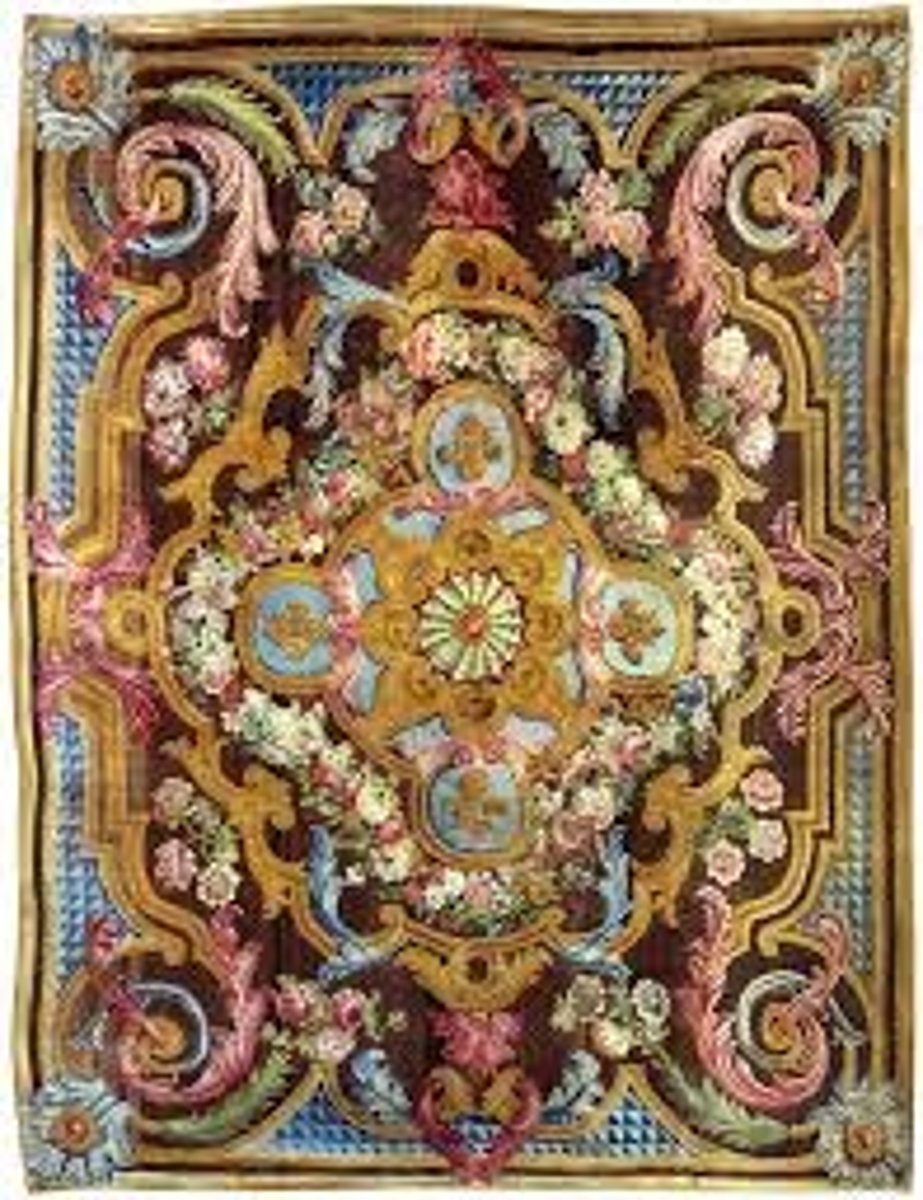
Sisal
Grass-like product is twisted together into strands and sewn into squares.
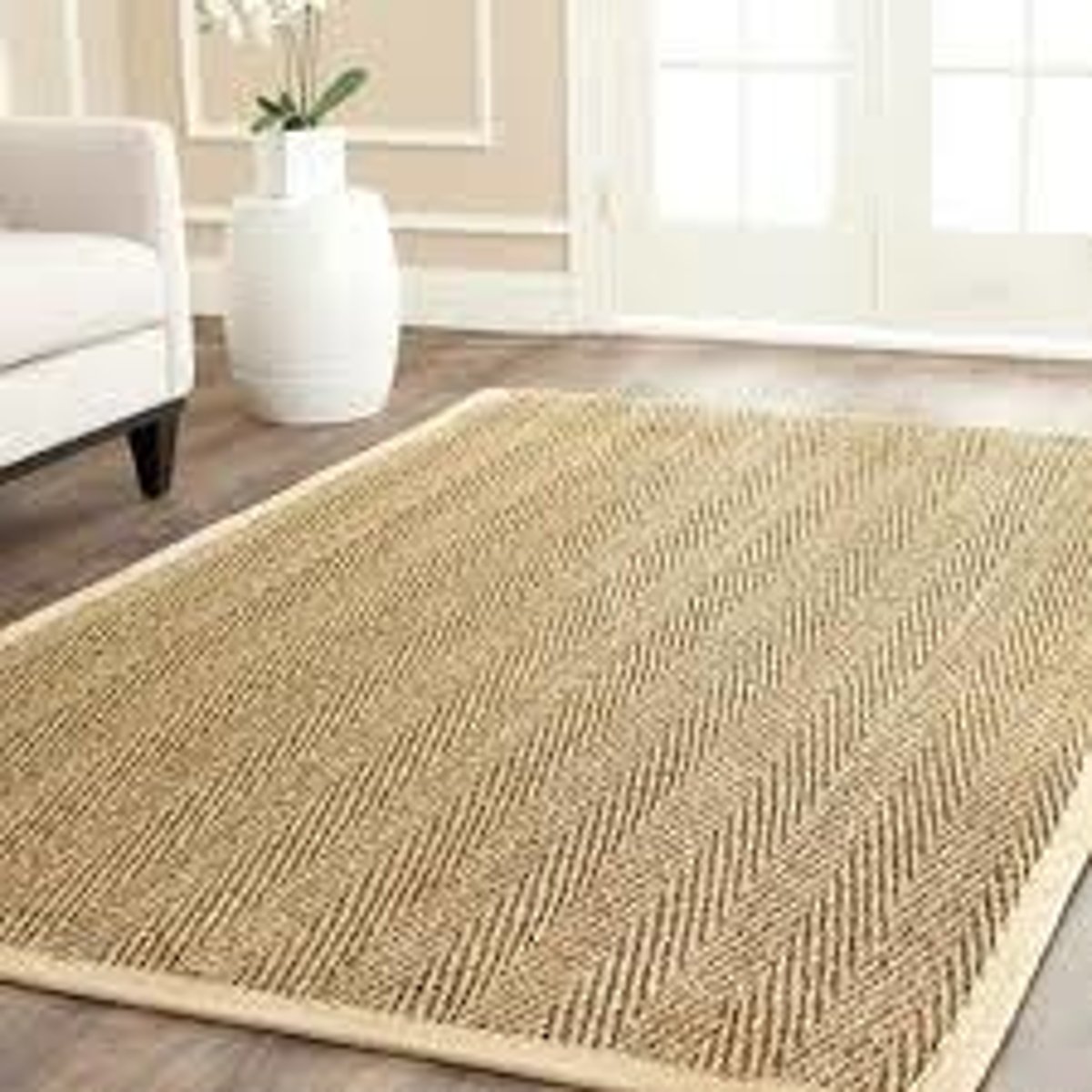
Kazakh
Woven with SHARP reds, blues, and off whites
Bachtiari
Geometric rug. Bright yellows, greens and reds
Boukara
Woven rugs usually in some shade of red and until recently, some in ivory.
Indian
Decorated with motifs of flowers, vines and animals. Characterized by more brilliant colors and more naturalistic style. Associated with the place like Agra, Lahore, Kashmir and Srinagar.
Turkoman
Closely woven with short, firm pile, predominantly red with designs including squares, diamonds, octagons and other simpler angular motifs. It is woven by nomadic tribes of Boukara, Afghanistan, Belouchistan and Turkestan.
Caucasian
Small rugs with contrasting, strong colors woven by nomadic tribes with geometric designs, often incorporating stylized people and animals.
Turkish
Sometimes called Asia-Minor, woven in both geometric and floral designs but with smaller patterns than the Persian or Indian and brighter, sharper colors than the Turkoman and Caucasian.
Chinese
Recognizable by their soft ground colors of yellow, rose, salmon-red, beige and browns with the use of silk dyes. Pattern in one blue color and designs are religious symbols.